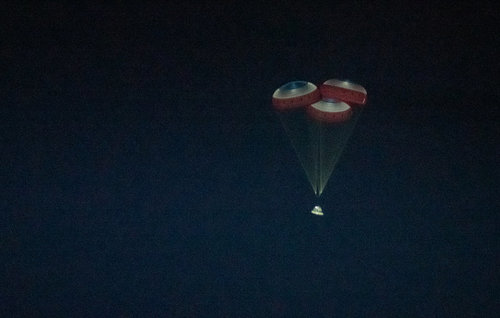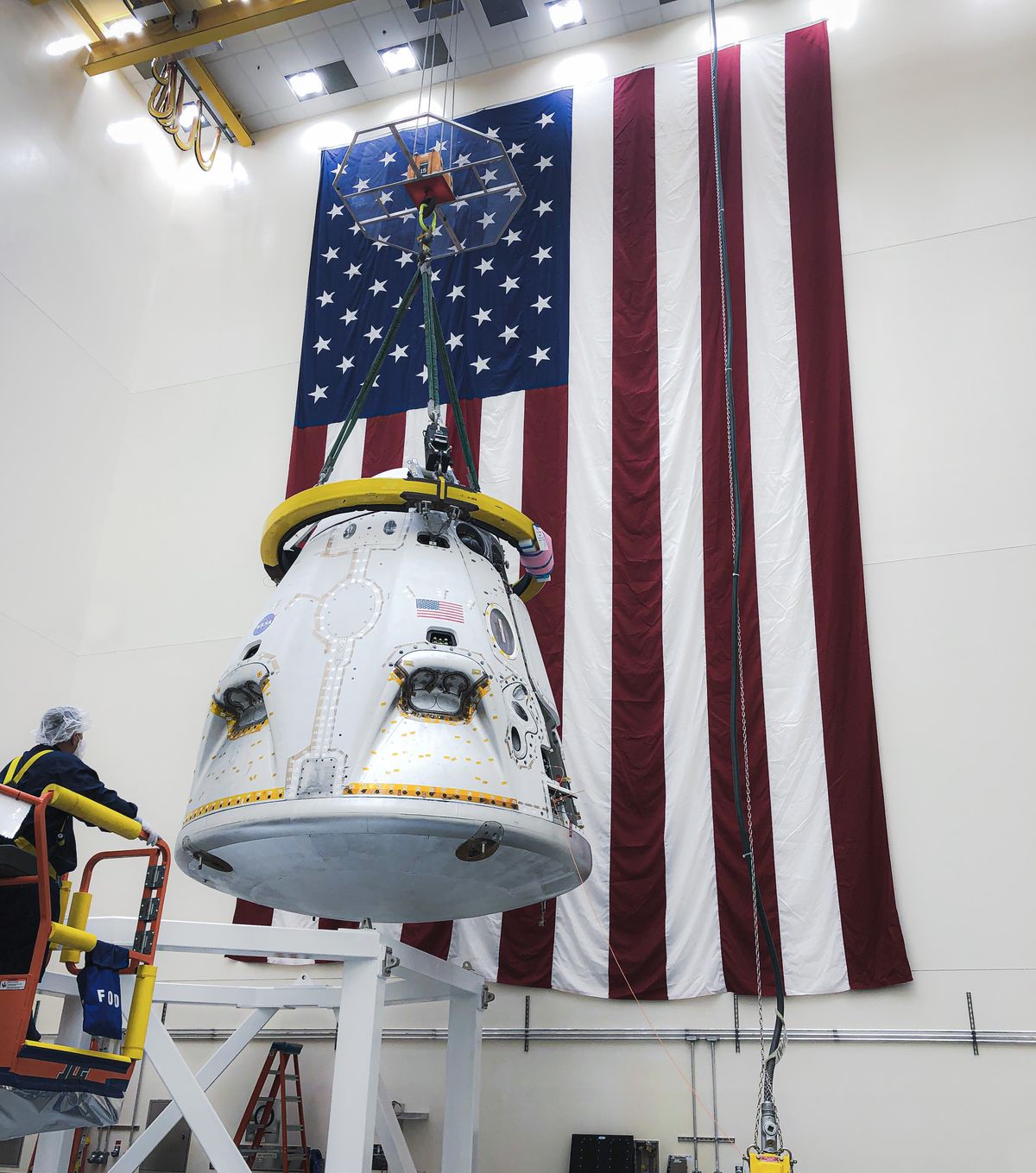Starliner’s Orbital Flight Test is currently in Mission Day 2, and flight controllers and engineering teams worked through the night and into this morning accomplishing many of the flight test objectives planned for the mission. The spacecraft remains in a circular orbit roughly 250 kilometers above sea level.
Mission control teams in Houston have been pursuing two primary objectives: to maintain spacecraft integrity and orbital trajectory for two landing opportunities on Sunday, Dec. 22., and to complete as many mission tests as possible.
The Mission Management Team has given approval for a Mission Day 3 landing at 5:57 AM MST (6:57 AM CST) at our landing site at White Sands Space Harbor on the White Sands Missile Range in New Mexico, with a backup opportunity at the same site at 1:48 PM MST (2:48 PM CST).
Late yesterday and overnight, flight controllers completed the below activities:
· Conducted two orbital adjustment burns and several smaller checkout burns of the propulsion systems
· Tested Guidance, Navigation and Control hardware including successfully using VESTA camera star tracking functionality to augment Space-Integrated GPS/INS (SIGI) navigational control. These are the “eyes” of the vehicle, which include using star trackers (capturing spacecraft orientation by comparing known star maps to stars the spacecraft observes) and far and near field observations.
· Observed positive performance of Environmental Control and Life Support Systems and executed cabin fan switching
· Communication, commanding and tracking systems testing through both ground links and space-to-space communication, including a positive command uplink from mission control through the International Space Station
· Station keeping and attitude control demonstrations
Throughout the day on Dec. 21, Starliner will attempt to complete NASA docking system checkouts and extension of the soft-capture system and docking ring.
Of note, the vehicle remains healthy, the power system is operating exceptionally and solar arrays are operating at above predicted efficiency, and all separation events to-date were nominal, including ascent cover jettison, aeroskirt jettison and separation from the launch vehicle.
Starliner will retain priority on the TDRS satellite network and Mission Control Center communications channels to ensure data uplink and downlink throughout the remainder of the mission.



